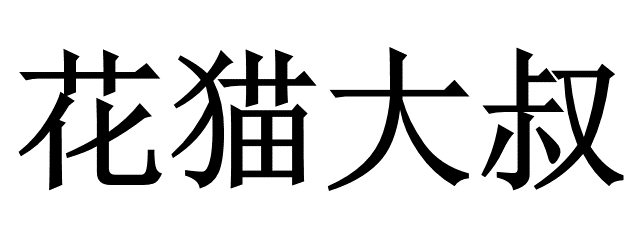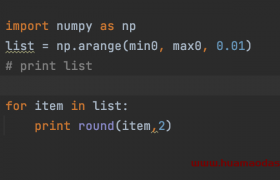美国面试题6
1.题目:
Consider the following algorithm
Start with a positive number n if n is even then divide by 2
if n is odd then multiply by 3 and add 1 continue this until n becomes 1
The Guthrie sequence of a positive number n is defined to be the numbers generated by the above algorithm.
For example, the Guthrie sequence of the number 7 is 7, 22, 11, 34, 17, 52, 26, 13, 40, 20, 10, 5, 16, 8, 4, 2, 1
It is easy to see that this sequence was generated from the number 7 by the above algorithm. Since 7 is odd multiply by 3 and add 1 to get 22 which is the second number of the sequence. Since 22 is even, divide by 2 to get 11 which is the third number of the sequence. 11 is odd so multiply by 3 and add 1 to get 34 which is the fourth number of the sequence and so on.
Note: the first number of a Guthrie sequence is always the number that generated the sequence and the last number is always 1.
Write a function named isGuthrieSequence which returns 1 if the elements of the array form a Guthrie sequence. Otherwise, it returns 0.
If you are programming in Java or C#, the function signature is
int isGuthrieSequence(int[ ] a)
If you are programming in C++ or C, the function signature is
int isGuthrieSequence(int a[ ], int len) when len is the number of elements in the array.
2.样例:
3.java 实现代码:
public class GuthrieSequence {
public static void main(String[] args) {
// int a[] = {8,4,2,1};
// int a[] = {8,17,4,1};
int a[] = {8,4,1};
// int a[] = {8,4,2};
System.out.println(isGuthrieSequence(a));
}
public static int isGuthrieSequence(int[] a){
int length = a.length;
if(a[length-1]!=1){
return 0;
}
for (int i = 0; i <length-1; i++){
if(a[i]%2==0){
if(a[i+1]!=a[i]/2){
return 0;
};
}else {
if(a[i+1]!=3*a[i] +1){
return 0;
};
}
}
return 1;
}
}



